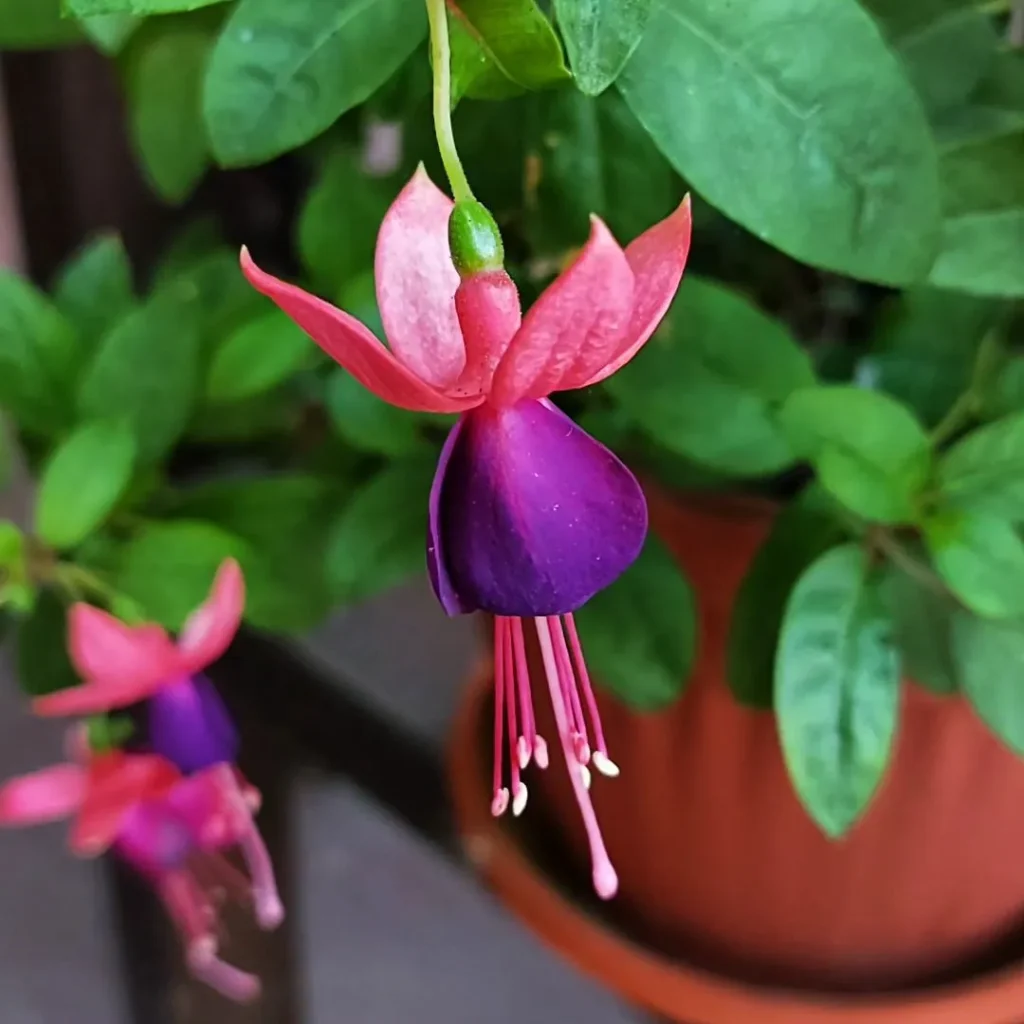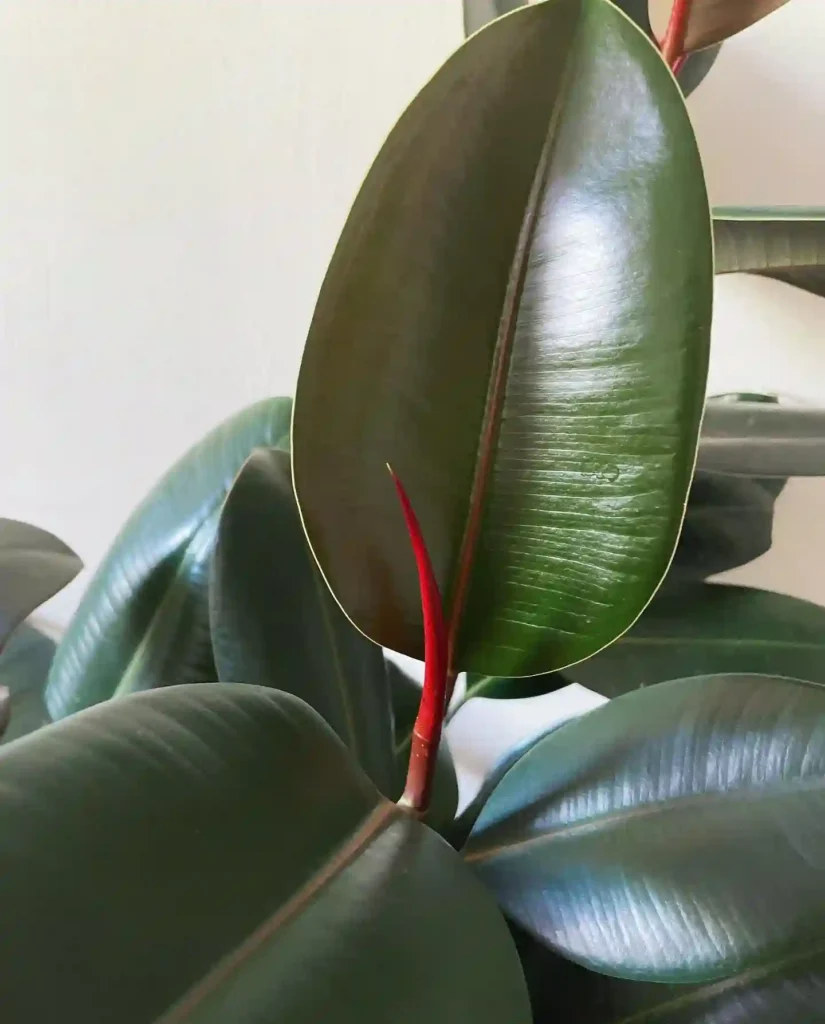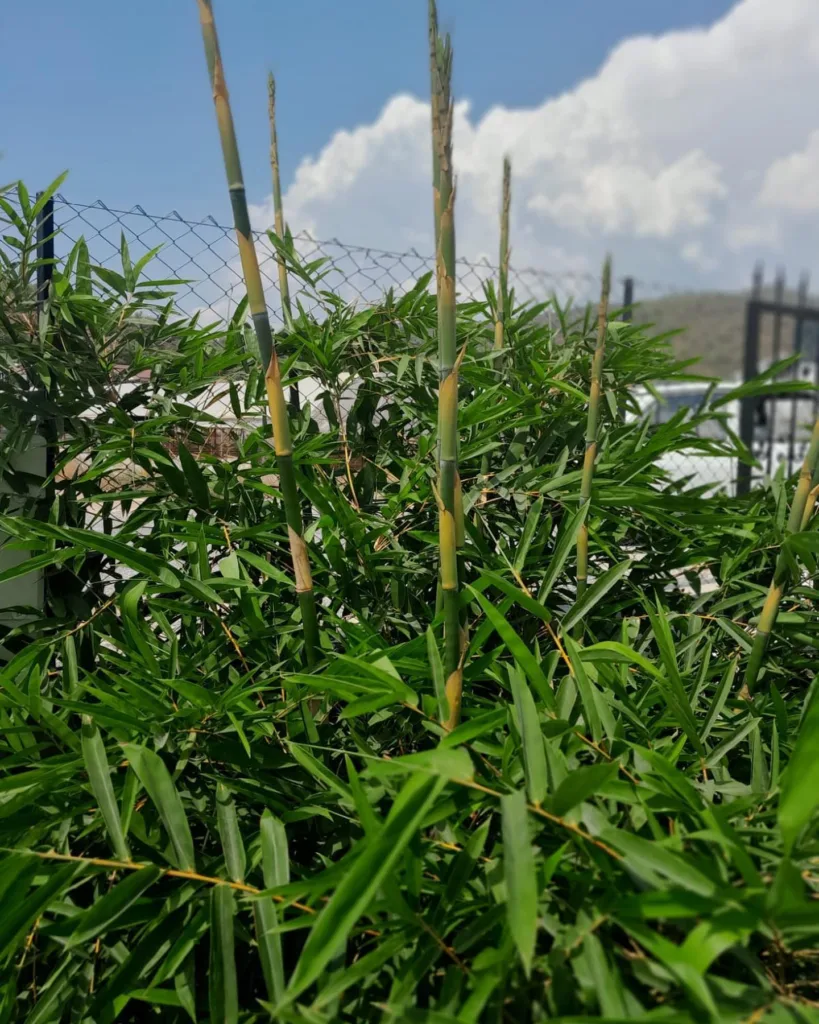Exploring the Torricelliaceae Family: A Deep Dive into Unique Genera
As an avid plant enthusiast, I find great joy in exploring various plant families and their unique characteristics. One family that has recently captured my interest is the Torricelliaceae. This family is not just another botanical grouping; it comprises fascinating genera that exhibit distinct traits and adaptations. In this article, I’ll delve into the Torricelliaceae family, focusing on three notable genera: Aralidium, Melanophylla, and Torricellia.
Understanding the Torricelliaceae Family
The Torricelliaceae family is a lesser-known but intriguing group within the order Laurales. Found primarily in tropical regions, these plants showcase a range of adaptations that enable them to thrive in diverse environments. The family is characterized by its unique morphological features, which include distinct leaf structures and flowering patterns.
The plants in this family often grow in rainforest habitats, contributing to the lush biodiversity of these ecosystems. Their roles in the environment are significant, as they participate in intricate relationships with other flora and fauna. I believe that understanding these plants’ ecology and biology is crucial for appreciating their contributions to our planet.
Aralidium: The Enigmatic Genus
One of the standout genera within the Torricelliaceae family is Aralidium. This genus includes species that are primarily found in New Guinea and surrounding regions. Aralidium species are known for their unique leaf shapes and arrangements, often displaying a striking contrast in coloration.
In my exploration of Aralidium, I was particularly fascinated by the A. digitatum species. Its leaves are not just decorative; they serve an important ecological purpose by providing habitat and food for various insects and birds. Observing these interactions in nature deepened my appreciation for the interconnectedness of life.
In addition to its ecological significance, Aralidium has potential applications in traditional medicine. Local communities have used various parts of these plants for medicinal purposes, showcasing the importance of preserving such knowledge for future generations.
Melanophylla: A Rare Gem
Next on my journey through the Torricelliaceae family is the genus Melanophylla. This genus is less common than Aralidium, making it a rare gem in the plant world. Melanophylla species are primarily found in the tropical rainforests of New Guinea and have adapted to thrive in their unique habitats.
One characteristic that stands out about Melanophylla is its dark, glossy leaves. These leaves not only contribute to the plant’s aesthetic appeal but also play a role in light absorption. The glossy surface reduces water loss, making it a remarkable example of evolutionary adaptation.
As I studied Melanophylla, I learned about its role in local ecosystems. These plants often serve as food sources for various herbivores, demonstrating their importance in the food web. The interactions between Melanophylla and its environment are a reminder of the delicate balance that sustains biodiversity.
Torricellia: The Legacy of Diversity
The final genus I want to explore is Torricellia, named after the renowned Italian scientist Evangelista Torricelli. This genus includes species that are primarily found in the wet lowland forests of New Guinea. Torricellia species are known for their striking inflorescences, which can be quite spectacular when in bloom.
During my research, I was particularly drawn to the T. robusta species. Its flowers attract various pollinators, including bees and butterflies, highlighting the crucial role these plants play in supporting pollinator populations. The relationship between Torricellia and its pollinators is a prime example of mutualism, where both parties benefit from their interactions.
Torricellia also showcases an impressive range of adaptations to its tropical environment. The plants have developed deep root systems that anchor them securely in the often unstable soil of rainforest ecosystems. This adaptability not only helps them survive but also contributes to soil stabilization, preventing erosion in their habitats.
Conclusion: The Importance of Conservation
My exploration of the Torricelliaceae family has deepened my appreciation for the diverse plant life on our planet. Each genus within this family—Aralidium, Melanophylla, and Torricellia—offers unique characteristics and ecological roles that contribute to the overall health of tropical ecosystems.
As I reflect on my journey, I am reminded of the importance of conservation efforts. Many species within the Torricelliaceae family are threatened by habitat loss and climate change. Protecting these plants means preserving the intricate web of life that depends on them.
In conclusion, the Torricelliaceae family is a testament to nature’s creativity and resilience. By continuing to study and appreciate these plants, we can foster a deeper connection to the natural world and advocate for its preservation.
If i die, water my plants!



